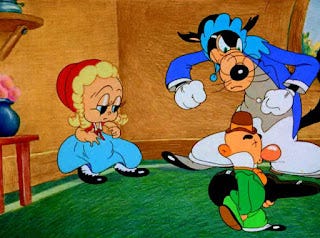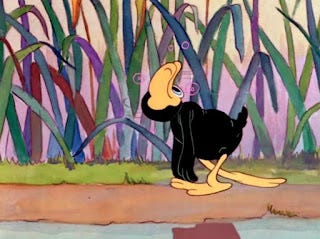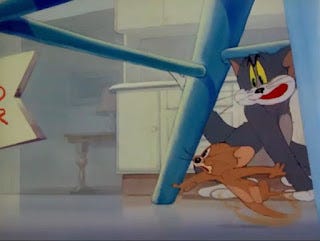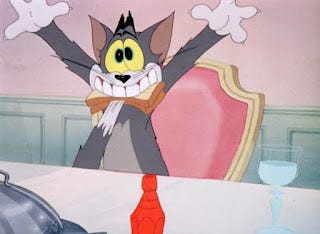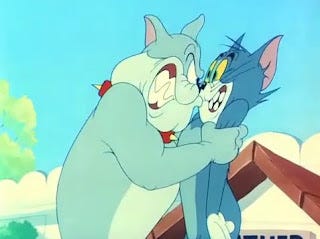The Animators Who Defined Tom & Jerry: Irv Spence
The craziest animator on the Hanna-Barbera team at MGM
Spence worked for Ub Iwerks in the early to mid-1930s, drawing his Flip the Frog series.
When Spence moved to Warners following the collapse of Iwerks’s studio, he brought over the jerkiness from his cartoons.
Under the leadership of Tex Avery, Spence animated bold new characters such as Daffy Duck and Egghead (Elmer Fudd’s prototype.)
His stint at Warners ended in 1938 when he shifted to MGM to handle scenes for Milt Gross and Avery again.
Spence’s first on-screen credit was for 1943’s The Yankee Doodle Mouse.
He left in 1945 for John Sutherland Productions but returned to Hanna and Barbera in 1947 with the Academy Award-winning short The Cat Concerto.
Spence stayed with the director duo until 1956, when he departed MGM again to work for Animation Inc.
Seven years later, he joined Hanna-Barbera Studios.
(Little Red Walking Hood, 1937)
(Daffy Duck & Egghead, 1938)
Spence is the antithesis of Kenneth Muse.
Where Muse selected the moments where he pushed the forms of his characters carefully, Spence did just that on the regular.
One of Spence’s trademarks was his use of extreme eye takes and pops, as seen in shorts like Mouse Cleaning (1948.)
It was not just eyes that Spence liked to exaggerate.
Tom and Jerry’s whole bodies became putty in Spence’s hands.
Spence bounced between soft transitions into poses and hard, knee-jerk shifts.
In The Mouse Who Came to Dinner (1945), Spence exemplifies this trait in the scenes where Jerry dupes Tom into biting his tail twice.
Gummy, sharp teeth appear frequently in Spence’s work, with mouths that morph into teardrop shapes.
When identifying Spence’s scenes, look for exceptionally long and ovate eyes, wry mouths, squashy poses, and heavy dry brush.
In short, Irv Spence contributed a fair deal of the nuttiness that had Tom and Jerry defy the laws of physics.
(The Yankee Doodle Mouse, 1943)
(The Mouse Who Came to Dinner, 1945)
(The Cat Concerto, 1947)
(Love That Pup, 1949)


